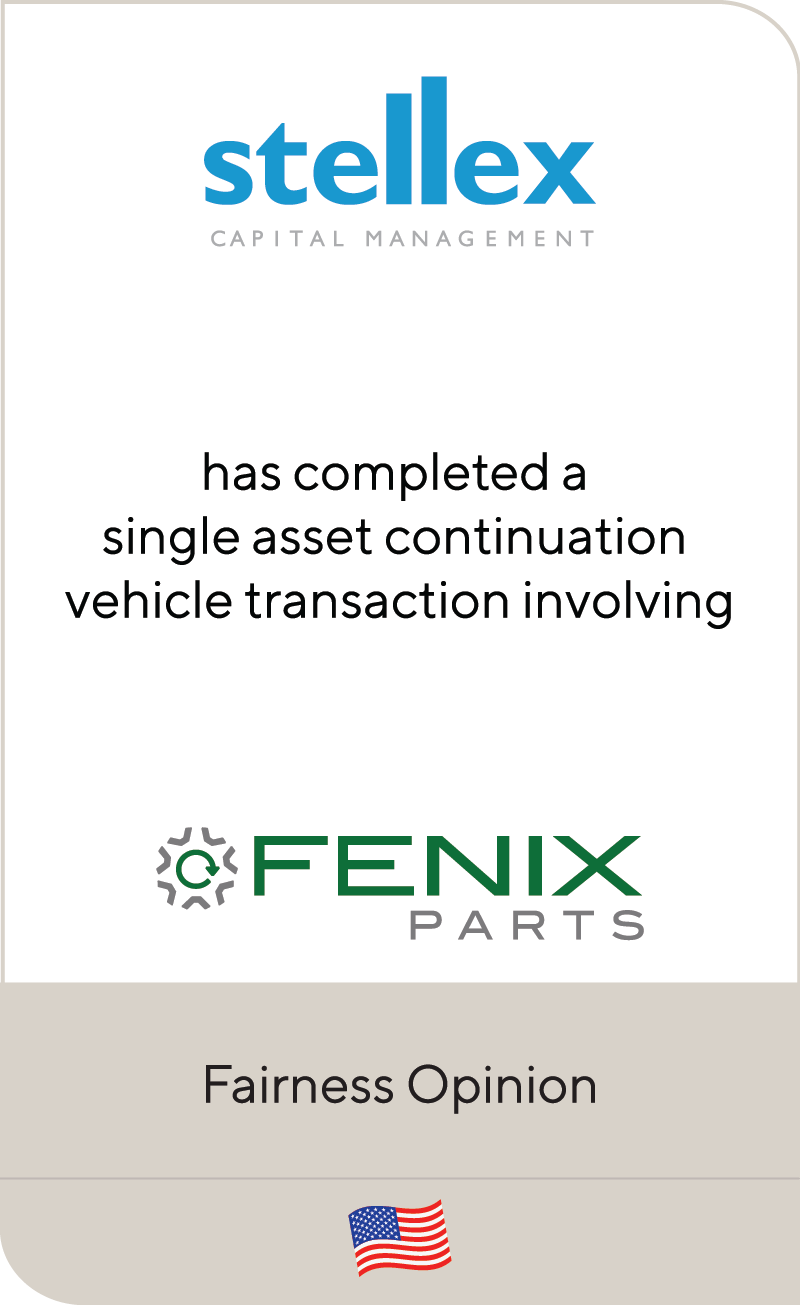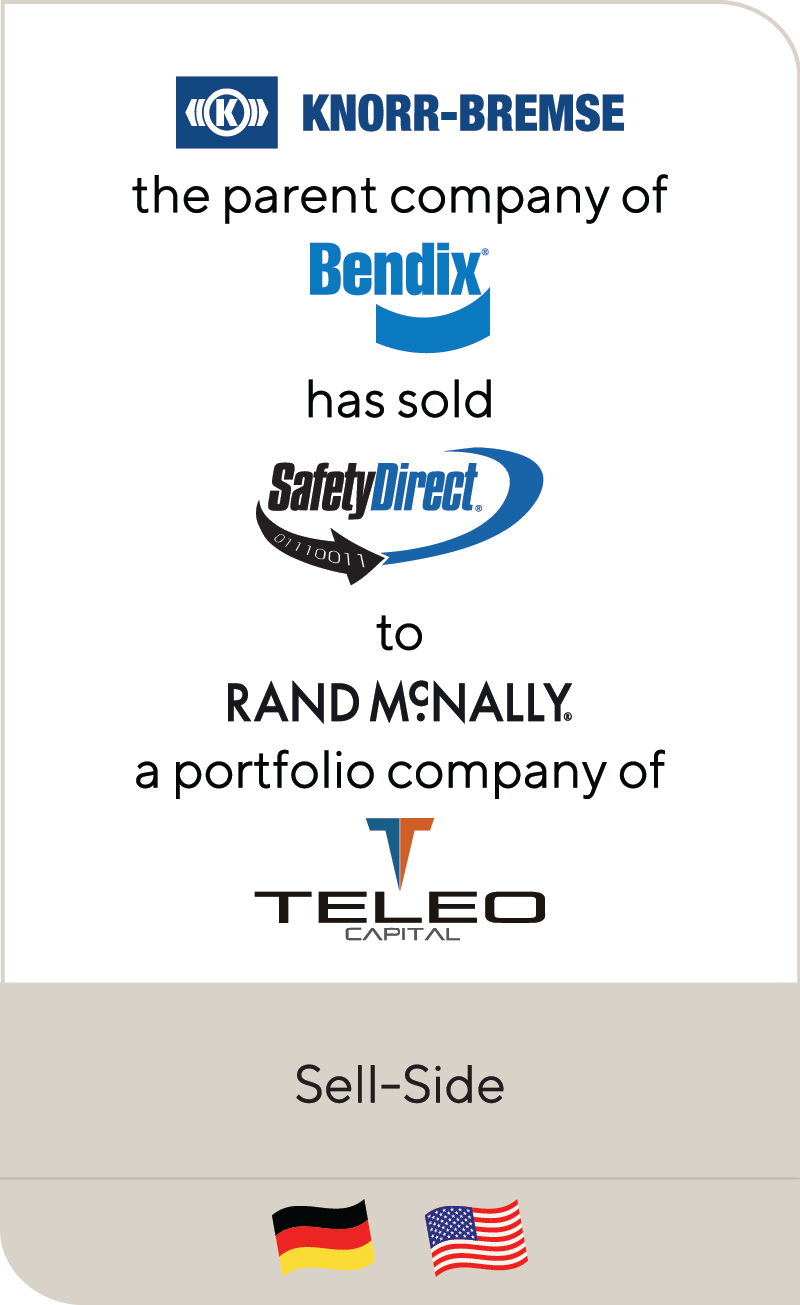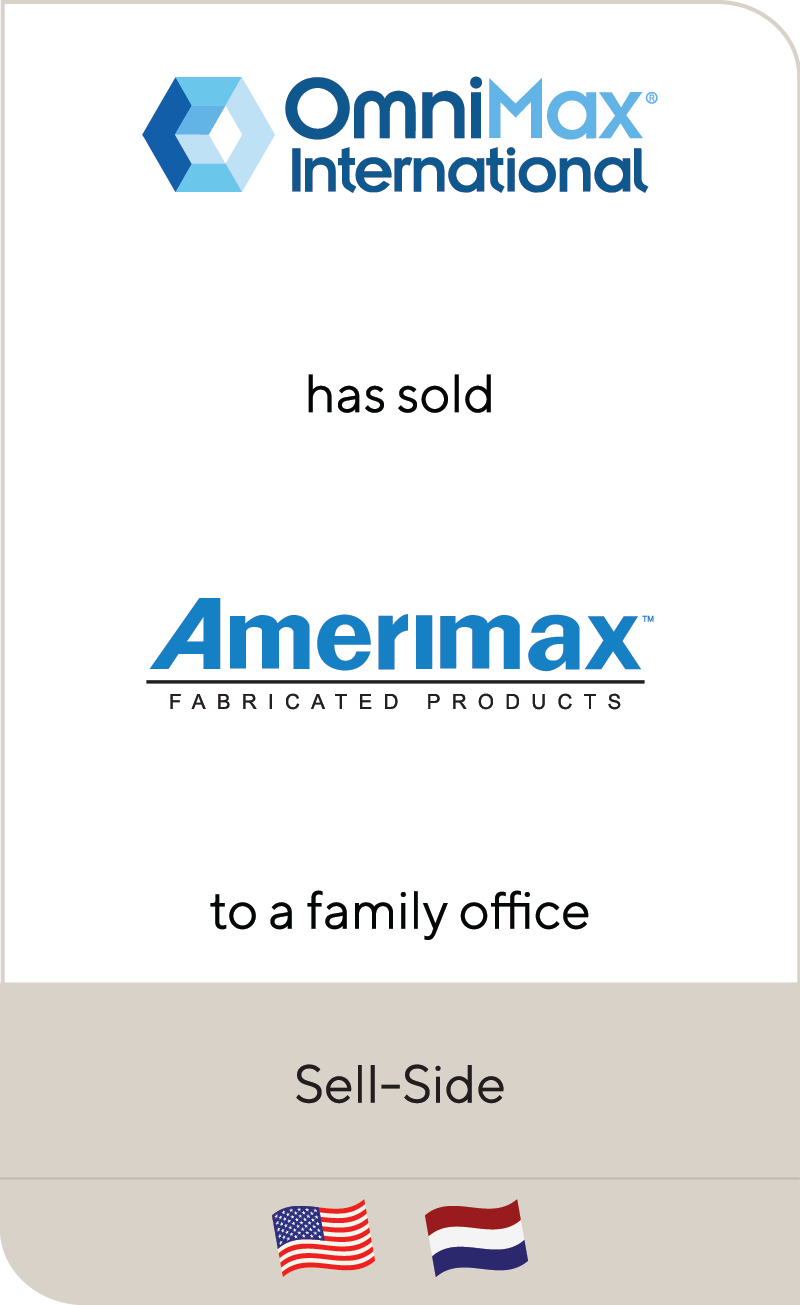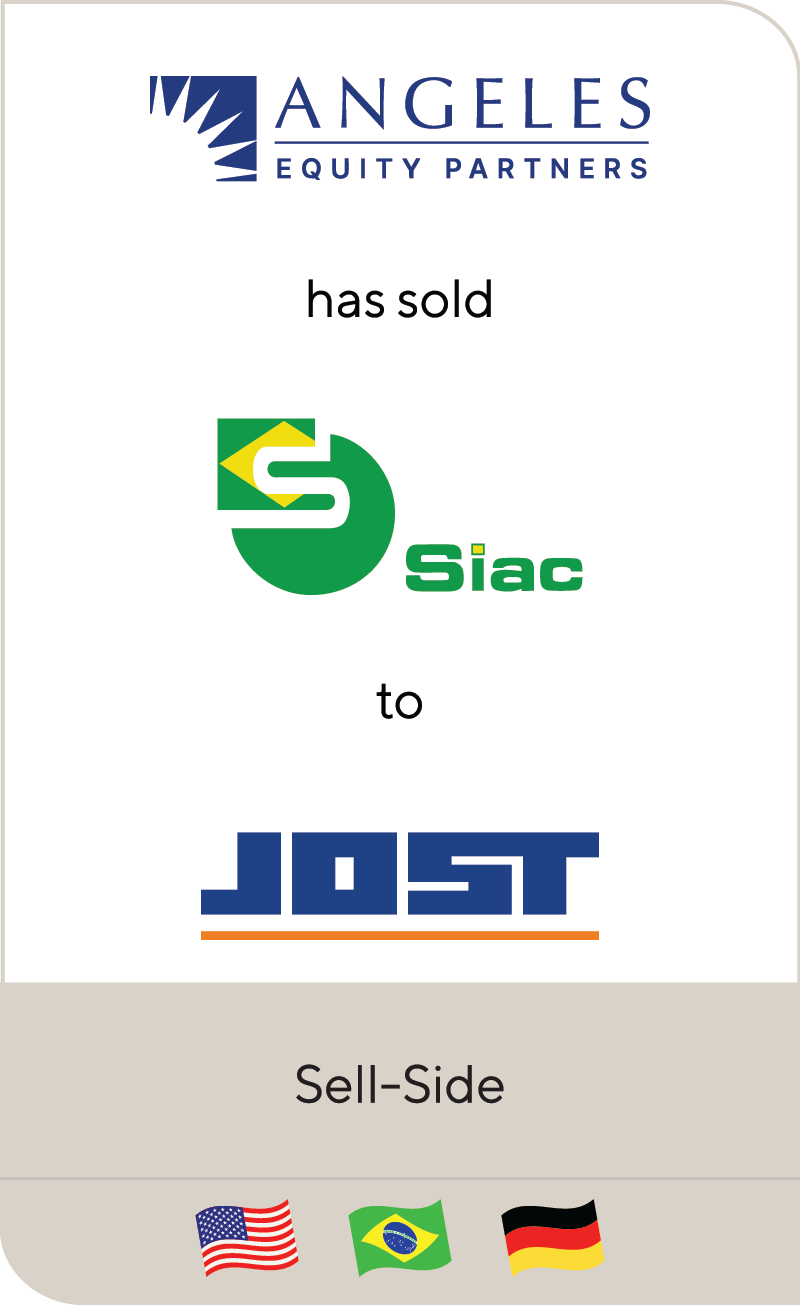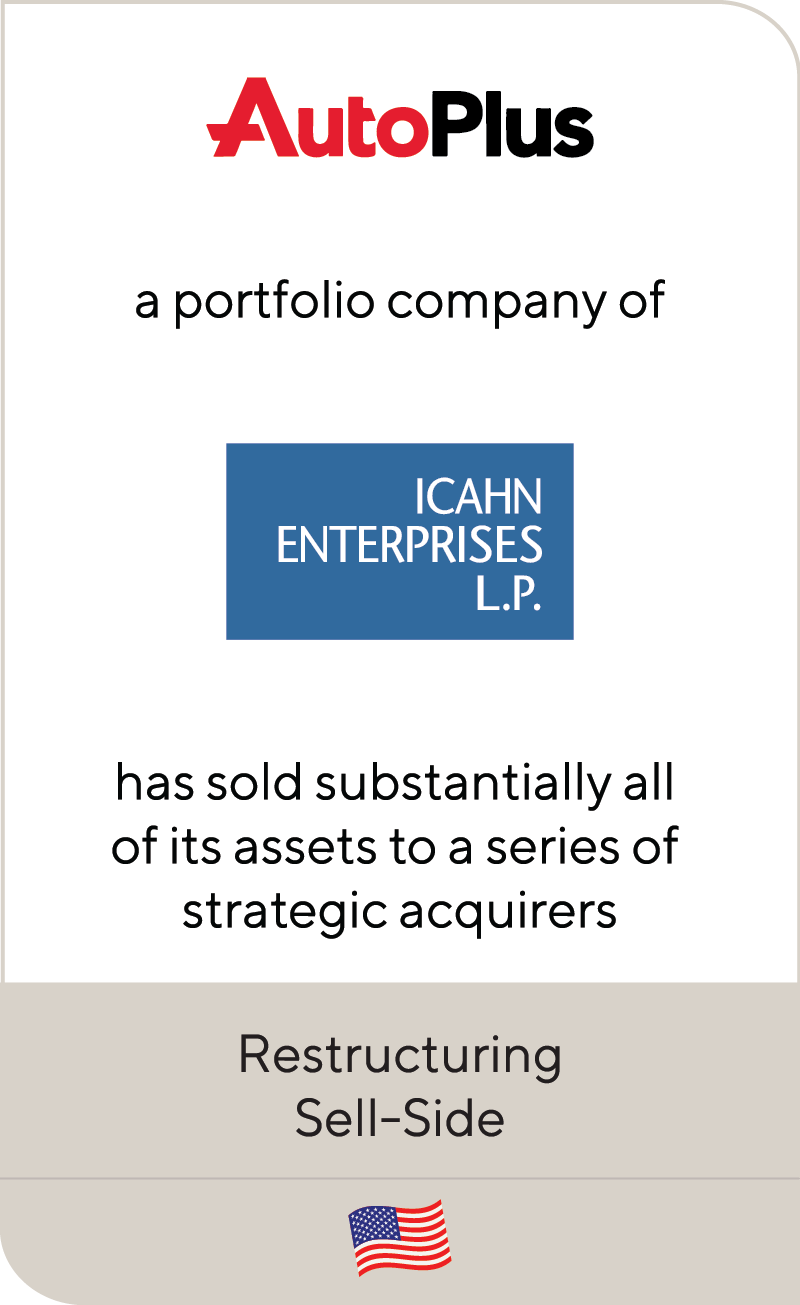While Automotive Supply Chain Headaches Drag On, Buyers & Sellers Prepare for a Busy Year of Dealmaking in 2022
Feb 2022
| Automakers and suppliers were forced to cope with unique supply chain challenges in 2021, driving significant disruption to production and resulting in levels of inventory at unseen historic lows. These strains on the supply chain drove lower revenue and profitability, which ultimately impacted deal activity in 2021 for many investors. However, with an improving outlook for 2022, a strong level of M&A activity is expected this year and beyond. We expect OEMs will pressure suppliers to restore inventory levels, suggesting a strong level of production in 2023-2025 that will generate higher levels of dealmaking in anticipation of this recovery. |
Summary
-
Lincoln International identifies key considerations for companies in the automotive supply chain sector with a strong level of M&A activity heading into 2022.
- Click here to download a printable version of this perspective.
- Sign up to receive Lincoln's perspectives
GLOBAL SEMICONDUCTOR SHORTAGE PERSISTS
Supply chain challenges in the semiconductor area at the start of 2022 can largely be tied to several extraordinary events that rocked semiconductor manufacturers last year. The devastating winter storms that swept Texas in February 2021 caused factory shutdowns for chipmakers, while a March fire at a factory in Japan destroyed stock and rendered the facility inactive for a period. Furthermore, during the COVID-19 shutdown of the auto industry globally in Q2 2020, Tier 1 suppliers cut chip orders by 50% based on their assessment of likely vehicle production schedules post-COVID-19. This cutback in orders caused chip manufacturers to shift production to more profitable chips used in consumer electronics, where demand increased significantly during lockdown, as opposed to a majority of the chips used in the auto industry, which are of lower value.
This chip shortage left OEMs with no choice but to slow or even stop production of vehicles, sending aftershocks through automakers globally with estimates of the lost volume in 2021 resulting from the chip shortage at over 10 million vehicles. However, although the chip shortage is expected to linger at least until the second half of 2022, the outlook this year is more stable.
In response, governments around the world have taken action to provide investment in the development of semiconductors. In the U.S., the Biden administration continues to urge Congress to approve funding to support the American chip industry, with the House of Representatives introducing a bill last month that included $52 billion to subsidize semiconductor manufacturing and research. The European Union committed $160 billion of COVID-19 recovery funds to developing tech capabilities, including semiconductor manufacturing. In South Korea, chipmakers’ plans to invest $450 billion through 2030 to boost competitiveness are accompanied by government tax breaks.
Governments are also intervening on some M&A deals considering the chip shortage, looking to safeguard their domestic semiconductor manufacturing capabilities. Earlier in 2021, the U.K.’s largest chip factory announced it sale to a Chinese chipmaker. While the sale was ultimately completed in August, Prime Minister Boris Johnson stepped in to pledge a review of the acquisition in July, citing domestic semiconductor supply chains as a matter of national security.
VOLATILE RAW MATERIALS PRICES IMPACT PRODUCTION
Alongside the chip shortage, the prices of raw materials have proven extremely volatile, driving manufacturing costs up. From the steel used in the body of a vehicle, to aluminum and copper, and resins and paint in bumpers and other areas, automakers are feeling the crunch as they face the highest raw material cost per U.S. vehicle since 2011 with a similar situation in the European market. Steel prices in Western Europe have nearly doubled from €510 per ton for hot strip in Q3 2020 to €918 per ton as of January 10, 2022.
Although it is unclear how long the inflation of raw material prices will last, suppliers are bearing the brunt of these costs. With lower inventory levels, OEMs have been able to achieve stronger pricing on the sale of new vehicles and incentive levels have fallen to a five-year low, but they have also been forced to sacrifice some of that stronger profitability by accepting the pass-through costs of raw material increases from the supply chain.
The availability of raw materials is also being hindered by congested ports. Suppliers have been dealing with space shortages in the ocean shipping market for months, and it is expected to remain busy through 2022.
CONTINUING TRANSFORMATION OF INDUSTRY BY TECHNOLOGY
The more fundamental changes in the industry driven by technology are gathering pace. The strong momentum behind electric vehicles is resulting in increasing penetration, particularly in Europe and China, with both reaching 16% of total vehicle sales in the fourth quarter of 2021 and overall EV sales doubling globally in 2021. As OEMs continue to invest heavily in battery technology and charging infrastructure, consumer worries about electric vehicle range have lessened. Meanwhile, the path to autonomous vehicles is also accelerating and the introduction of the 5G cellular network will help to speed this trend.
OEMs and suppliers continue to execute on a strategic direction that moves them away from the combustion engine-based vehicles and raises the capital needed to invest behind the connected, autonomous, shared, and electric (CASE) trends. This too drives M&A with companies divesting non-core assets and investing in new technologies.
LINCOLN PERSPECTIVE
Whilst M&A activity in 2021 was negatively impacted to some extent by short-term factors, including decreases in near-term production due to the chip shortage and raw material pricing, the outlook as these factors recede suggests a very strong level of activity in 2022 and beyond. Lincoln has identified a few key considerations:
| 2022 is set to be a strong year: Given the disruptions to supply chains, many business owners decided not to pursue a sale in 2021. Lincoln expects these companies to instead initiate a process in 2022 as supply constraints begin to normalize. |
| Corporate divestitures will continue to increase: Lincoln handled several corporate divestitures in 2021 and our dialogue with Tier 1 suppliers suggests 2022 will also be an active year in terms of the sale of non-core businesses as companies look to realize capital in order to re-position their businesses to meet the growth in electrics and autonomous vehicles. |
| Distress may emerge: With the supply chain under significant margin pressure and after two highly distorted years in the industry, financial pressures have been building on many suppliers which is likely to result in an increased level of distressed transactions. |
| OEMs consider more localized supply chains: With one of the most complicated supply chains of any sector, automotive suppliers and manufacturers are subject to disruptions based on global events. In order to avoid falling victim to geopolitical issues and the global supply chain issues like the chip shortage, some automakers are increasingly shifting toward local suppliers to mitigate their risk. |
Contributors
Related Perspectives

Lincoln International Managing Directors Recognized as Emerging Leaders
Lincoln International is pleased to share that The M&A Advisor named Managing Directors Adam Gifford, Brian Goodwin, Eddie Krule and Scott Molinaro as recipients in the Emerging Leaders Awards. These… Read More

“Leader to Leader” Series
The Leader to Leader video series turns up the dial on rich conversations with prominent leaders – from business owners and entrepreneurs to investors and CEOs – highlighting their stories… Read More

Lincoln’s Latest
Lincoln’s Latest video series features experts from across industries, services and geographies, sharing perspectives on current trends, recent observations and future outlooks.

The Lead Left | Webinar: 2023 M&A Outlook
Lincoln International is pleased to have participated in The Lead Left Presents: 2023 M&A Outlook, a webinar discussing market activity and expectations for the coming year. A few key takeaways… Read More





